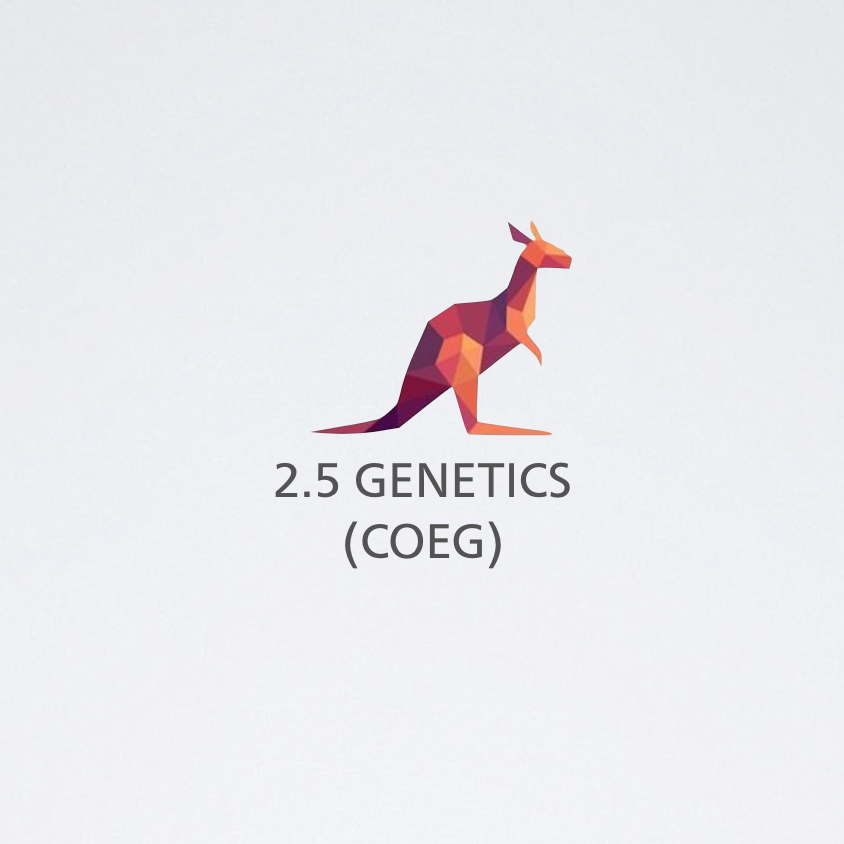
Introduction to control & organization of eukaryotic genome
Control and organization of eukaryotic genome is a core JC1 topic in H2 BIO A levels. This topic traces the processes of gene expression as well as how control occurs in eukaryotes. It builds on the previous topic of DNA replication and protein synthesis but takes it to the next level by exploring the 5 levels of control. Each level has unique mechanisms that come together to ensure that only a subset of genes becomes active and only when necessary..
Materials for control & organization of eukaryotic genome

- 👆🏻 explaining what is methylation.

- 👆🏻 video describing the significance of differential gene expression in disease.

- Video describing translation level of control via RNAi 👆🏻.
- Why/How cells lose their telomeres (Video)
- Download diagrams (high resolution) – FREE!
- Purchase notes (including phrasing error corrections & review question solutions)
- BUY FULL pre-recorded class ⌲ includes 2 videos, 2 concept maps, 1 set of notes
Phrasing errors
- The DNA-binding site of a protein bind to DNA via complementary base pairing.
- Control elements are proteins and transcription factors are DNA.
- DNA Methylation occurs at cysteine.
- Transcription starts at TAC creating an mRNA starting with AUG.
- Telomeres are a buffer preventing the erosion of genes close to the ends of linear chromosomes.
Exam tips
- Transcription factors have DNA binding site and protein binding sites. They don’t have active sites like the enzymes.
- Don’t confuse poly-A tail with telomeres. Poly-A tail are found on the 3′ end of mRNA. Shortening of the poly-A tail (e.g. mutation) will trigger the degradation of mRNA. Telomeres are found on the ends of linear DNA. Shortening of telomeres will trigger cell death via apoptosis.
- Many schools do not describe the concept of C3 plants. You must know the significance of the term as well as what it means to the efficacy of photosynthesis.
- There are 2 ETCs in the light dependent reactions each with a different outcome/purpose, know the difference.





